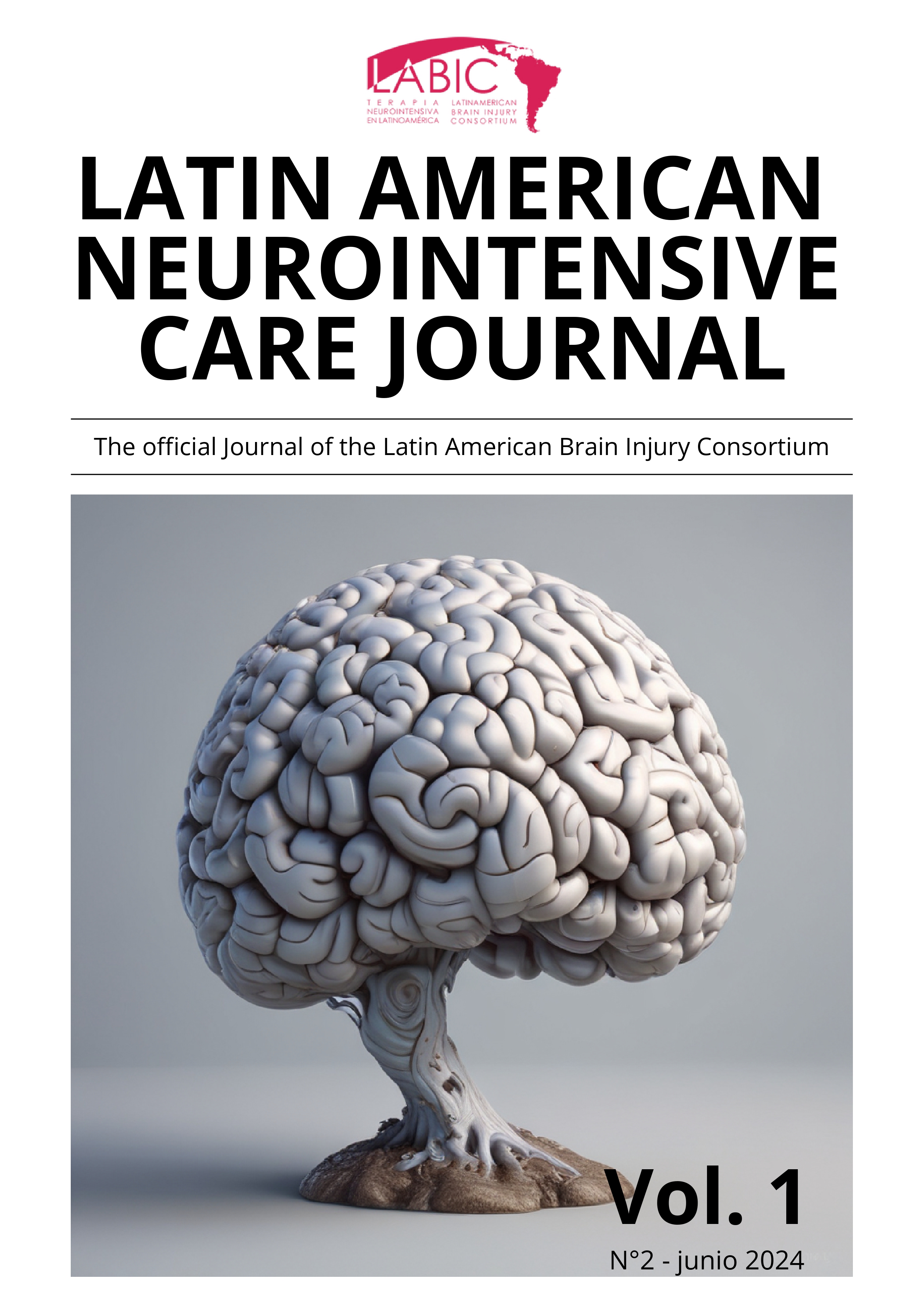Pupillometry and intracranial pressure: a narrative review
Palabras clave:
Pupilometry, intracranial pressure, Traumatic brain injury ( TBI),, Automated monitoring, Cerebral perfusion pressure (CPP).Resumen
Background: in clinical practice pupillary changes are often correlated to increased intracranial pressure (ICP); nevertheless,
qualitative assessment of pupils is subjective and often inaccurate, regardless of examiner’s experience. In this context, automated pupillometry may be helpful in identifying pupillary changes earlier than clinical assessment. Objectives: We aimed to discuss the feasibility of automated pupillometry monitoring as a predictor of increased ICP in critically ill patients at risk of developing intracranial hypertension.
Methods: A review of the available literature was performed; 3 prospective and 2 retrospective observational studies were
selected.
Results: Data from the included studies show that variations in different automated pupillometry parameters are associated with
changes in ICP.
Conclusion: Automated pupillometry may represent a useful tool to predict intracranial hypertension and may be included
within a multimodal approach using other non-invasive tools such as cerebral ultrasound. Further studies are needed to explore the potential usefulness of this tool.


